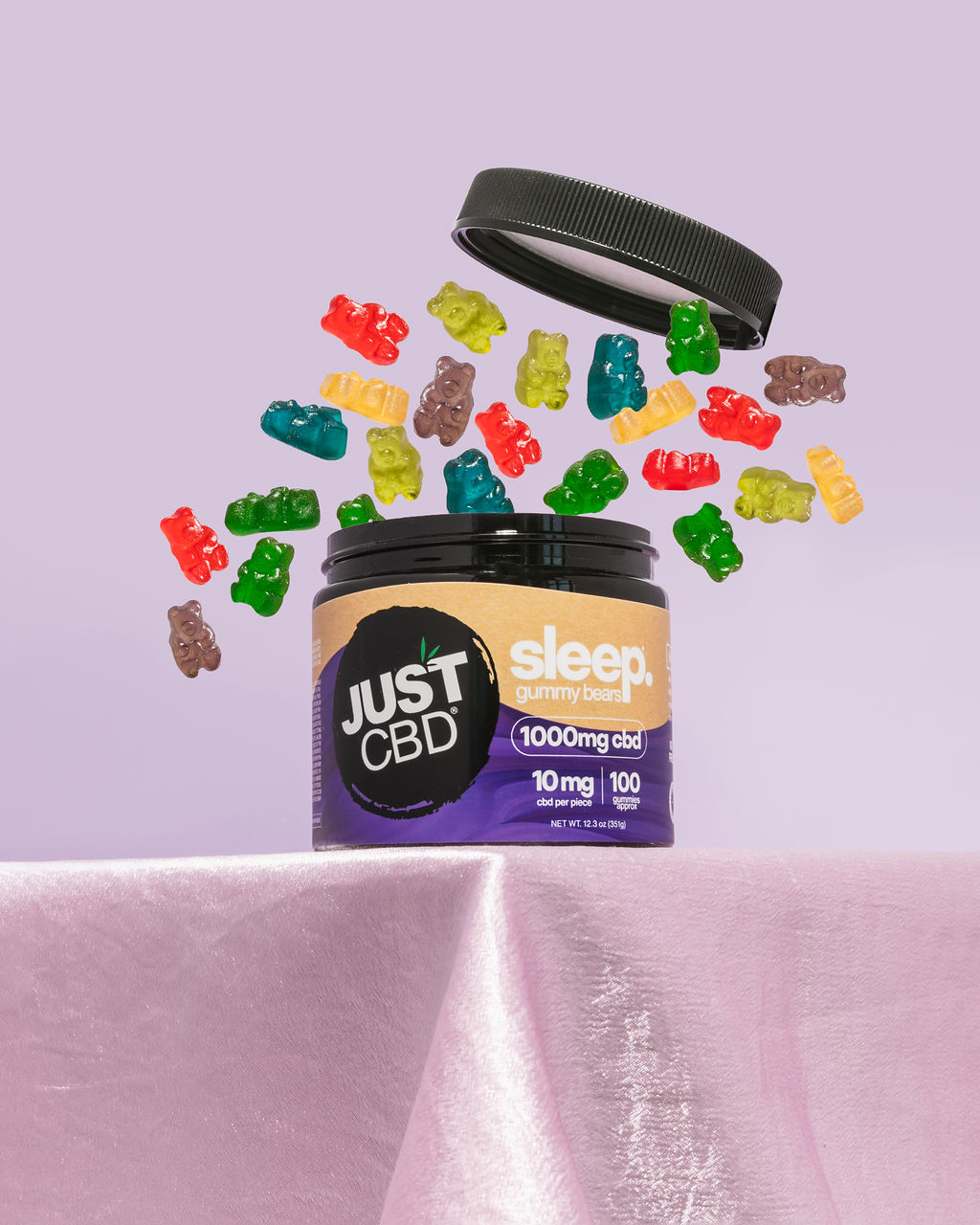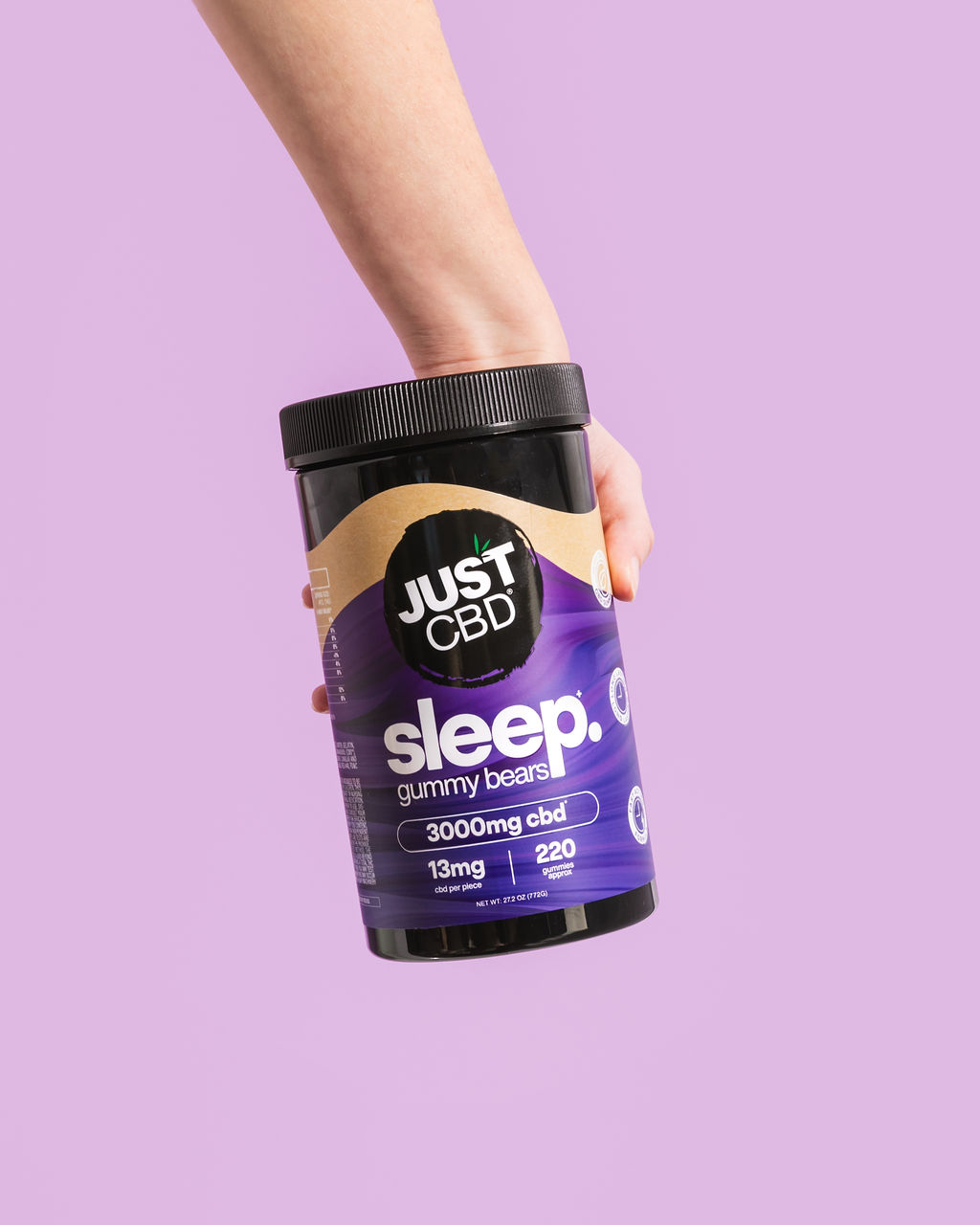Chemical Composition
Understanding the chemical composition of different substances is key to understanding their potential effects. Kratom and CBD, though both derived from plants, have distinct chemical profiles that contribute to their unique properties.
Kratom Alkaloids
Kratom leaves contain a variety of alkaloids, with mitragynine and 7-hydroxymitragynine being the most prominent. Mitragynine is known for its stimulating effects, while 7-hydroxymitragynine contributes to pain relief and sedative properties. The precise ratio of these alkaloids can vary depending on the strain and growing conditions of the kratom plant.
CBD (cannabidiol) is a non-psychoactive compound found in cannabis plants. Unlike kratom, CBD does not contain alkaloids. It interacts with the body’s endocannabinoid system, influencing various physiological processes such as pain perception, mood regulation, and inflammation.
CBD Compounds
While both kratom and CBD are derived from plants, their chemical compositions differ significantly. Kratom leaves primarily contain alkaloids, with mitragynine and 7-hydroxymitragynine being the most abundant. These compounds contribute to kratom’s diverse effects, ranging from stimulation to pain relief and sedation.
CBD, on the other hand, is a non-alkaloid compound found in cannabis plants. It interacts with the body’s endocannabinoid system, influencing various physiological functions such as pain perception, mood regulation, and inflammation.
Effects on the Body
Understanding how these substances affect the body is crucial when comparing them. Kratom’s alkaloids can lead to a range of effects, including stimulation, pain relief, and sedation, but they can also carry risks like dependence and potential liver damage. CBD, with its interaction with the endocannabinoid system, primarily targets pain perception, mood regulation, and inflammation, generally exhibiting a safer profile.
Pain Relief
Kratom’s alkaloids can interact with various receptors in the body, leading to a range of effects. Mitragynine is known for its stimulating properties, while 7-hydroxymitragynine contributes to pain relief and sedation. However, prolonged or excessive use of kratom can lead to dependence and potential liver damage.

CBD, unlike kratom, does not directly interact with opioid receptors but works by modulating the endocannabinoid system. This interaction can reduce inflammation, alleviate pain, and promote relaxation. CBD is generally considered safer than kratom, with fewer reports of severe side effects.
Mood Elevation
Kratom’s effects on mood are complex and can vary depending on the dose and individual user. At lower doses, kratom can produce feelings of euphoria and energy. Higher doses may lead to sedation, relaxation, and a sense of well-being.
CBD is known for its potential to promote relaxation and reduce anxiety. It interacts with receptors in the brain that regulate mood, leading to feelings of calmness and tranquility.
Relaxation and Stress Reduction
Kratom’s effects on stress reduction are multifaceted. At lower doses, it can stimulate energy levels and improve mood, potentially helping individuals cope with stress. However, higher doses can induce sedation and relaxation, offering a different approach to stress management.
CBD is generally recognized for its calming and anxiety-reducing properties. By interacting with the body’s endocannabinoid system, CBD influences neurotransmitters involved in mood regulation, promoting feelings of relaxation and reducing stress responses.
Cognitive Function
Kratom’s alkaloids can influence cognitive function in various ways. Mitragynine, a stimulant alkaloid, can enhance alertness and focus at lower doses. However, higher doses may lead to cognitive impairment, including slowed reaction times and impaired decision-making.
CBD’s impact on cognitive function is more nuanced and generally considered beneficial. Studies suggest that CBD may improve attention, memory, and overall cognitive performance in certain individuals, particularly those with neurological conditions such as Alzheimer’s disease.
Potential Risks and Side Effects
While both kratom and CBD offer potential benefits, it’s crucial to be aware of their respective risks and side effects. Kratom’s alkaloids can lead to dependence, liver damage, and adverse interactions with medications. CBD, while generally well-tolerated, may cause mild side effects like diarrhea, fatigue, or changes in appetite.
Kratom Side Effects
Kratom, derived from the Mitragyna speciosa tree, contains alkaloids that can produce a range of effects, including stimulation, pain relief, and sedation. However, these alkaloids also carry potential risks and side effects.
- Dependence: Prolonged or excessive kratom use can lead to dependence, making it difficult to discontinue use without experiencing withdrawal symptoms.
- Liver Damage: Kratom may cause liver damage, particularly with prolonged or high doses.
- Cardiovascular Effects: Kratom can increase heart rate and blood pressure, posing risks for individuals with pre-existing cardiovascular conditions.
- Interactions with Medications: Kratom can interact with various medications, potentially altering their effectiveness or increasing the risk of adverse effects.
CBD Side Effects
CBD (cannabidiol), a non-psychoactive compound found in cannabis plants, is generally well-tolerated. However, some potential side effects may include:
- Diarrhea
- Fatigue
- Changes in appetite
- Drowsiness
- Dry mouth
It’s important to note that individual responses to CBD can vary, and some people may experience no side effects at all.

Legality and Regulation
The legality and regulation of kratom and CBD gummies vary significantly depending on location. Kratom is a controversial substance with varying legal statuses across different countries and states. Some regions have completely banned kratom, while others have regulated its sale and use. CBD, derived from hemp, has gained increasing acceptance due to its perceived benefits, but regulations surrounding its production, sale, and labeling still differ widely.
Kratom Legal Status
The legality of kratom is a complex issue with varying regulations around the world. In some countries, kratom is completely banned, while in others it is legal but tightly controlled.
Within the United States, kratom’s legal status is a patchwork. It remains legal in most states, though some, such as Alabama, Arkansas, Indiana, Rhode Island, and Vermont, have banned it outright. Other states have implemented restrictions on its sale or use.
CBD’s legal landscape is evolving rapidly, but generally, products derived from hemp containing less than 0.3% THC are federally legal in the United States under the 2018 Farm Bill. However, individual states may have their own regulations regarding CBD products, so it’s important to check local laws.
CBD Legal Status
The legality and regulation of kratom and CBD gummies vary significantly depending on location. Kratom is a controversial substance with varying legal statuses across different countries and states. Some regions have completely banned kratom, while others have regulated its sale and use.

CBD, derived from hemp, has gained increasing acceptance due to its perceived benefits, but regulations surrounding its production, sale, and labeling still differ widely.
Dosage and Administration
Dosage and administration are crucial factors when considering kratom and CBD gummies. Understanding the appropriate amounts and methods of consumption is essential for maximizing potential benefits and minimizing risks.
Kratom Dosage Guidelines
Kratom dosages vary widely depending on individual factors such as body weight, tolerance, and desired effects. Starting with a low dose (1-2 grams) is recommended, gradually increasing until the desired outcome is achieved.
It’s important to note that kratom can have strong effects, and exceeding recommended dosages can lead to adverse consequences.
CBD gummies typically contain between 5 and 50 milligrams of CBD per gummy. Starting with a low dose (5-10 mg) is advised, gradually increasing until the desired effect is achieved.
CBD Dosage Recommendations
Dosage and administration are crucial factors when considering kratom and CBD gummies. Understanding the appropriate amounts and methods of consumption is essential for maximizing potential benefits and minimizing risks.
Kratom dosages vary widely depending on individual factors such as body weight, tolerance, and desired effects. Starting with a low dose (1-2 grams) is recommended, gradually increasing until the desired outcome is achieved.
It’s important to note that kratom can have strong effects, and exceeding recommended dosages can lead to adverse consequences.
CBD gummies typically contain between 5 and 50 milligrams of CBD per gummy. Starting with a low dose (5-10 mg) is advised, gradually increasing until the desired effect is achieved.
Cost Comparison
Comparing kratom and CBD gummies goes beyond simply looking at their effects; it involves understanding the substances themselves, their potential risks, legal considerations, and appropriate dosages.
Kratom gummies derive their effects from the alkaloids found in kratom leaves. These alkaloids can produce a range of effects, including stimulation, pain relief, and sedation. However, prolonged or excessive use can lead to dependence, liver damage, cardiovascular problems, and interactions with medications.
CBD gummies, on the other hand, are infused with cannabidiol (CBD) extracted from hemp plants. Unlike kratom’s alkaloids, CBD does not directly interact with opioid receptors but works by modulating the endocannabinoid system. This interaction can reduce inflammation, alleviate pain, and promote relaxation.
While generally well-tolerated, CBD can cause side effects such as diarrhea, fatigue, or changes in appetite. The legality of both kratom and CBD gummies varies depending on location. Kratom faces a patchwork of regulations, with some regions banning it outright while others impose restrictions. CBD, derived from hemp containing less than 0.3% THC, is federally legal in the United States under the 2018 Farm Bill, but state-level regulations may still apply.
When considering kratom or CBD gummies, understanding the potential risks and benefits is crucial. Consulting with a healthcare professional can provide personalized advice based on individual health conditions, medications, and desired outcomes.
The choice between kratom and CBD gummies ultimately depends on individual needs and preferences. Kratom offers diverse effects but carries significant risks, while CBD provides a generally safer profile with potential benefits for pain management and relaxation.
Availability and Accessibility
Availability and accessibility of kratom and CBD gummies vary significantly depending on location and legal regulations.
Kratom’s legality is complex and inconsistent, ranging from outright bans in some countries and states to full legalization in others. In the United States, it remains legal in most states but faces restrictions or bans in certain regions. This patchwork of regulations makes it challenging for consumers to access kratom legally and safely.
CBD gummies, on the other hand, have gained wider acceptance due to their perceived benefits and increasing legalization. Products derived from hemp containing less than 0.3% THC are federally legal in the United States under the 2018 Farm Bill. However, state-level regulations still apply, and CBD products may be restricted or prohibited in some areas.
Find Kratom Gummies to enhance your day
- Exosome Therapy For Skin Rejuvenation Near Lingfield, Surrey - May 8, 2025
- Nasolabial Fold Fillers – Marionette Lines Near Epsom, Surrey - May 8, 2025
- How Soon After Lip Filler Can I Eat - May 7, 2025